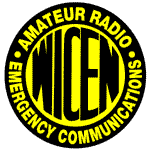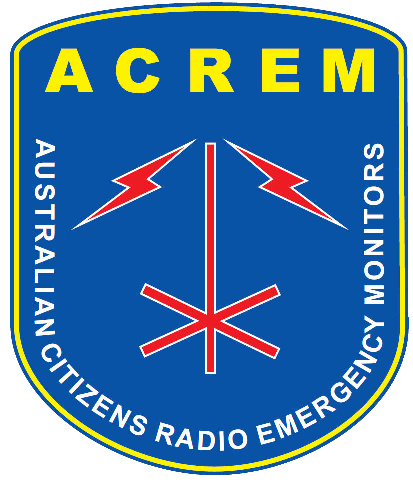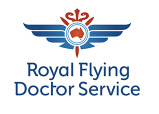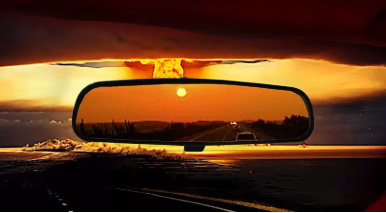Continuing the discussion from The "Never Never Broadband Network" - NBN complaints:
This is also worth considering. Telstra submission to the Productivity Commission including measured impacts of previous significant disasters on communications infrastructure.
The latest fire events in Qld Nov/Dec 2018 will doubtless add further to past experience.
Black Saturday Victorian Bush Fires and Tropical Cyclone Yassi are among the referenced events.
One of Telstra’s critical observations is the impact of the loss of electrical power in affected areas. This affects all communications infrastructure. Telstra pointed out the NBN is more susceptible than the PSTN services due to the need to have power at both ends.
In non urban areas most customers outside townships can only have FW or Satellite services. They are able to retain their PSTN service. This may not be widely understood. This would appear to be a better solution than the NBN. For small rural townships where there is FTTN as the option, the node is 99% certain to be in the same location as the local PSTN exchange. It only services the immediate settlement. If the township looses power so does the NBN once backup power goes.
Telstra’s advice to the productivity commission includes for emergency situations improving mobile coverage and network resilience.
This may still hold true once the relevant parties do their post emergency reviews and determine any recommendations.
As the NBN continually reminds us, the NBN is not designed or intended to provide essential emergency contact. We need to also have a mobile phone! Perhaps in a urban environment with many near neighbours that is not so critical. In a more rural environment, everyone I know relies firstly on the mobile phone. It can receive broadcast SMS alerts. It does not need a UPS or mains power. It works when you are not in the house. If one tower goes out you may still have coverage. The lower bands used for 3G services work effectively over greater distances with small handheld phones than the NBN.
There has been a significant effort by the current government to improve mobile phone coverage, blackspots in response to the recognised safety benefits. The NBN other than Skymuster will never have the reach of the mobile phone network. The NBN is only designed for fixed site connections. It is not mobile.
There is some logic to continuing to improve mobile coverage. In a recent local Glass House Mountains meeting with the Minister for Communications, Mitch Fifield, the most significant concern with communications was lack of mobile coverage. The most significant concern with the NBN was the performance of the NBN.
Maintaining effective communications during disaster or emergency situations is a complex and varied topic. It deserves it’s own space. It is much more than just a topic about the NBN - given the content of Telstra’s response. It is also possibly a very emotive topic, given the substantial impacts such situations have on many thousands of individuals. I wonder if the Choice Community has the in depth knowledge required to understand all aspects of emergency management and how different communication tools meet the needs of those responsible for managing the situations.
Isn’t it important to have all of this input to have an informed discussion?
One outcome may be that the NBN needs to be changed in its implementation in regional and rural areas to provide a better service.
Having witnessed three tropical cyclones in Northern Qld, the challenges are broad and much more significant than first imagined.




